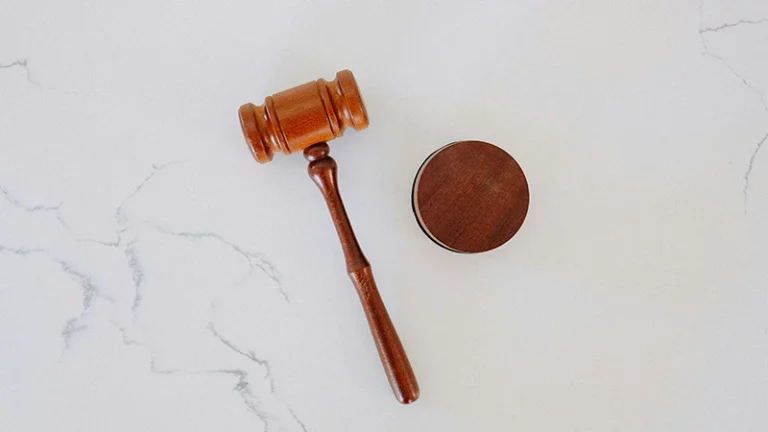Can investors really fight back against fraud? Explore securities litigation and find out how you could recover what’s rightfully yours.
1. Introduction
When investors lose money because a company or broker misled them, they often wonder: Can I sue for securities fraud?
The answer lies in securities litigation — the legal process that helps investors recover losses caused by fraudulent or deceptive practices in the financial markets.
Securities litigation gives individual investors and shareholders a way to seek justice, restore their financial stability, and hold corporations accountable for violating securities laws.

2. What Is Securities Litigation?
Securities litigation refers to lawsuits filed when companies, brokers, or executives violate federal or state securities laws. These violations usually involve false or misleading statements about a company’s performance, stock value, or business practices.
Common examples include:
- Publishing inaccurate financial statements
- Concealing material risks from investors
- Engaging in insider trading
- Manipulating market prices or stock value
Such actions can deceive investors into buying or holding securities under false pretenses, leading to financial losses.
3. How Securities Fraud Affects Investors
When a company misrepresents its financial health, investors make decisions based on incomplete or false information. This can lead to:
- Stock price crashes after the truth emerges
- Loss of retirement savings in 401(k) or IRA accounts
- Erosion of investor confidence in public markets
Securities litigation helps balance this power by allowing individuals to take collective or private legal action against wrongdoers.
4. Can Investors Actually Sue?
Yes. Investors can sue for securities fraud through two main paths:
(1) Private Securities Litigation
Individual or institutional investors can file lawsuits claiming they were misled into buying or selling securities. These cases often seek compensation for financial losses.
(2) Securities Class Actions
When many investors suffer the same harm, they may join together in a class action. This collective lawsuit allows multiple victims to share legal resources and pursue damages efficiently.

5. Key Laws That Protect Investors
Several federal laws protect investors and enable securities litigation in the United States:
- Securities Act of 1933 – Requires truthful disclosure of information during new stock offerings.
- Securities Exchange Act of 1934 – Governs ongoing corporate reporting and insider trading rules.
- Sarbanes–Oxley Act (2002) – Tightened accounting oversight and corporate responsibility.
- Dodd–Frank Act (2010) – Expanded whistleblower protections and SEC enforcement power.
These laws are enforced primarily by the U.S. Securities and Exchange Commission (SEC) and Financial Industry Regulatory Authority (FINRA).
📚 Learn more: SEC Investor Education
6. Examples of Securities Litigation Cases
Real-world cases show how securities litigation protects investors:
- Enron (2001): Massive accounting fraud led to billions in losses; shareholders recovered part through class actions.
- Volkswagen (2015): Investors sued over emissions manipulation that caused a global scandal.
- Wells Fargo (2016): Shareholders filed claims after the bank admitted to creating fake customer accounts.
These lawsuits not only compensate investors but also push corporations to maintain higher transparency and ethical standards.
7. What to Do If You Suspect Securities Fraud
If you believe you’ve been a victim of securities fraud, take these steps:
- Gather Documentation – Keep all account statements, trade confirmations, and emails with your broker or investment advisor.
- Contact a Securities Litigation Attorney – A lawyer can evaluate your claim and determine whether you qualify for a class action or an individual lawsuit.
- Report the Fraud – File a complaint with the SEC Whistleblower Office or FINRA.
- Avoid Further Losses – Don’t make hasty investment moves or respond to unsolicited “recovery” offers.
8. How the Legal Process Works
The securities litigation process typically includes:
- Filing a Complaint in federal court
- Discovery Phase, where both sides exchange evidence
- Motions and Hearings before trial
- Settlement or Judgment – Most cases settle, but some go to trial or arbitration
The process can take months or years, depending on the complexity of the fraud and number of affected investors.
9. Potential Compensation
Successful plaintiffs in securities litigation may recover:
- Lost investment value
- Interest or dividends missed due to fraud
- Attorneys’ fees and court costs
However, outcomes vary based on the strength of the evidence, the size of the class, and the defendant’s financial resources.
10. Conclusion
Securities litigation empowers investors to fight back against fraud and misrepresentation in the financial markets.
Whether you’ve lost money in a misleading stock offering or through dishonest broker conduct, understanding your rights under U.S. securities law is the first step toward recovery.
If you suspect misconduct, don’t ignore the signs — document your losses, seek legal advice, and contact the SEC or FINRA.
Through collective action and legal enforcement, securities litigation ensures fairness, transparency, and accountability in America’s financial system.






